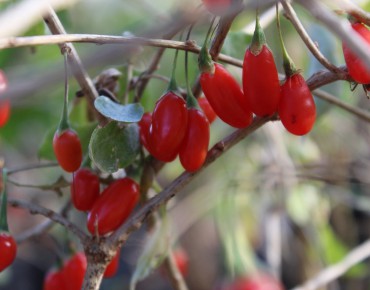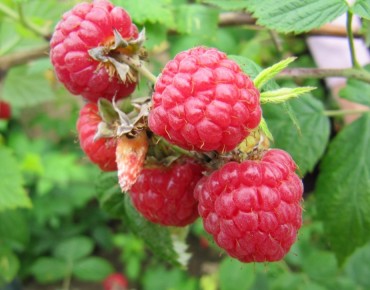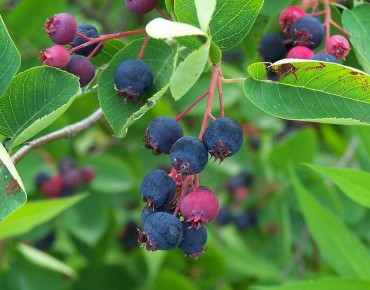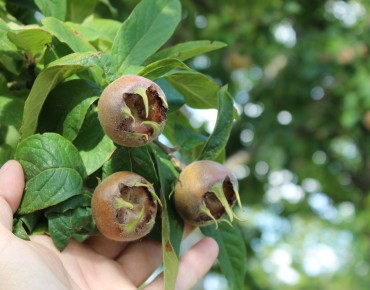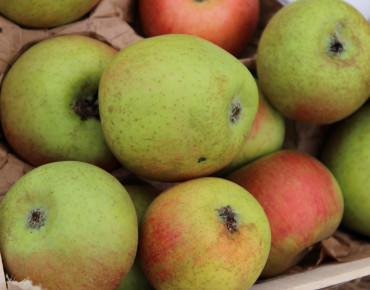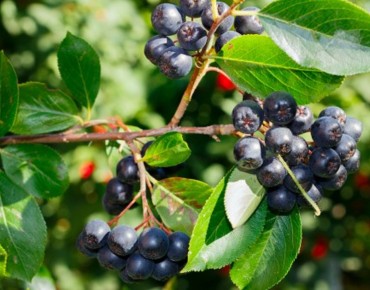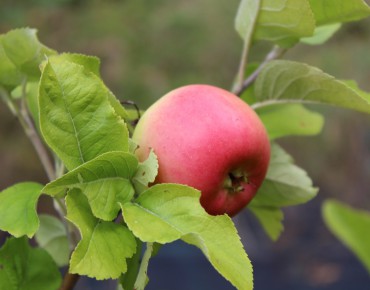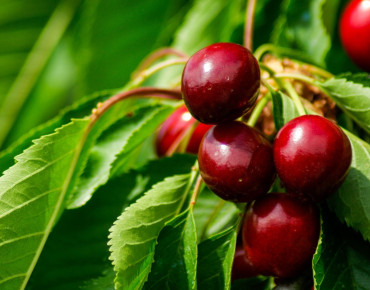- Out-of-Stock
Japanese Apricot Beni-chidori
Prunus mume Beni Chidori
Description
Widely distributed in China and Japan, the Prunus mume Beni Chidori called the Japanese apricot tree is distinguished by its wonderful pink-carmine bloom at the end of winter. At the heart of its petals, long white stamens burst in sheaves. Its very fragrant and honey-bearing flowers, assembled in terminal bouquets, bloom on bare wood in February and March to announce the arrival of sunny days.
The Prunus mume Beni Chidori grows to 3 or 5 m in height and spreads over 3 to 4 m. Its compact and rounded silhouette is ideal for small gardens. Hardy in many areas, it resists cold down to -15 à -20°C. Modest greenish-yellow fruits of 2 to 3 cm resembling apricots decorate the shrub in late May and late July. These fruits with a bitter taste and not very sweet can be eaten as is or dried, we also produce a traditional aperitif drink in Japan called "plum wine" with a sweet and tangy flavor.
Planted in basic, well-drained soil, the Japanese Apricot Beni chidori readily joins a varied hedge or a bed in association with other spring-flowering plants. Prunus mume Beni Chidori has an exceptional longevity and can approach the millennium.
.
Features
- Common name : Japanese Apricot Beni-chidori
- Family : Rosaceae
- Category : fruit tree
- Spread : 3 - 4 m
- Foliage : deciduous
- Color of flowers : carmine pink, long white stamens
- Fruit : 2 to 3 cm greenish-yellow fruits resembling apricots
- Harvest : end of May to end of July
- Use : isolated - shrubbery
- Soil : neutral to acid
- Habit : Spreading
- Earth to use : 75% universal potting soil and 25% heath earth
- Enemies : aphids - caterpillars
- Possible diseases : moniliosis - chancre
Expédition & livraison
How does the delivery work?
 As soon as you place your order your plants are selected
As soon as you place your order your plants are selected Each order is processed individually.
Each order is processed individually. Plants are packed, staked and labeled.
Plants are packed, staked and labeled. Packaging is carefully implemented to avoid any problems.
Packaging is carefully implemented to avoid any problems. Packages are ready to be shipped.
Packages are ready to be shipped.
Our delivery methods
Shipping of our plants throughout Europe (except overseas and islands).
Customer reviews












